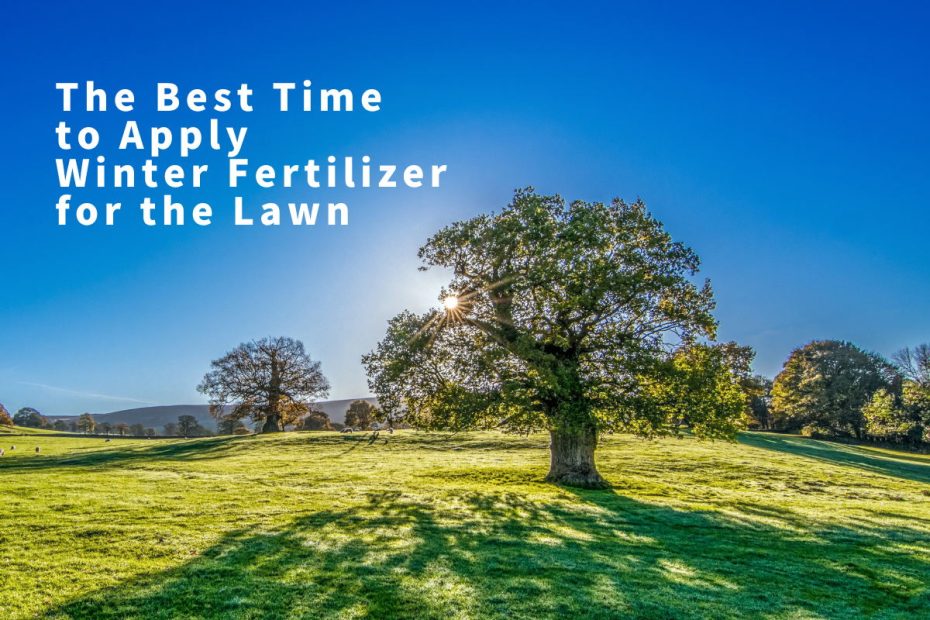Introduction
Winter is a critical time for your lawn, even though it may look dormant and lifeless. Applying a winter fertilizer to your lawn is the final step in year-round care and can greatly impact the health and appearance of your grass come spring. An important aspect of winter lawn care is fertilizing at the right time to ensure your lawn gets the necessary nutrients to survive the cold months and thrive next spring.
Table of Contents
The Importance of Fertilizing in Winter
As winter approaches, many homeowners neglect their lawns, thinking that cold weather means a break in lawn care. However, winter is a critical time to nourish your lawn and prepare it for the harsh conditions ahead. Applying a winter fertilizer can give your lawn essential nutrients to withstand harsh winter conditions, promote root growth, and ensure a vibrant and healthy lawn come spring. (Although the grass appears dormant, its roots are still growing beneath the surface.)

Factors to Consider When Applying Winter Fertilizer
Several factors play an important role when determining the best time to apply winter fertilizer to your lawn. Understanding these factors can help you make an informed decision and ensure the effectiveness of your fertilizer application.
Grass type
The type of grass in your lawn is a key factor to consider when deciding the best time to apply winter fertilizer. Warm-season grasses and cool-season grasses have different growth patterns and nutrient needs, which affect the timing of fertilization.
Climate
The climate in your area also plays a big role in the best time to fertilize in the winter. Fertilization times may differ in areas with milder winters compared to areas with harsher winters.
Lawn Health
The health of your soil affects the effectiveness of winter fertilizers. Testing your soil to evaluate its nutrient levels and pH balance can help you determine the correct type and amount of fertilizer to apply. If your plants are already stressed or damaged, it’s best to address these issues before fertilizing.
Weather
Consider the weather forecast when applying winter fertilizer. It’s best to fertilize when the weather forecast doesn’t predict heavy rain for at least a few days, as rain can wash away nutrients before plants can absorb them. Additionally, some lawn fertilizers require watering after application, while others require waiting a day or two before watering again.
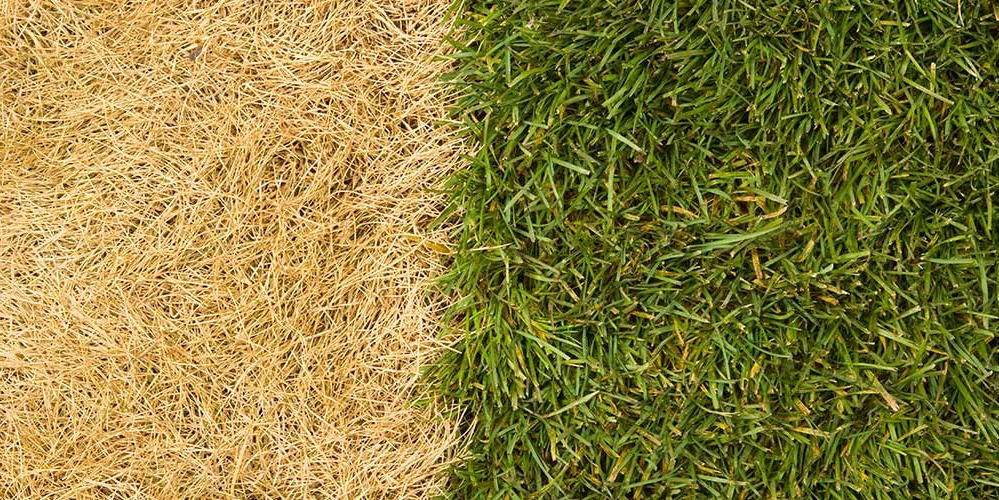
When to Apply Winter Fertilizer
It is important to apply winter fertilizer before the ground freezes. This allows plants and grassroots to absorb nutrients before going dormant for the winter. If fertilizer is used on frozen soil, unabsorbed nitrogen and nutrients may leach into the water system. Therefore, winter fertilizer should be added when the lawn has finished growing but is not yet dormant. The best time is late fall, about three weeks before the ground freezes. It is important not to apply winter fertilizer too late as nutrients may not be retained in time to protect the grass from cold weather.
For example, for most of the United States, the best time is between mid-October and mid-to-late November; in Canada, it’s usually the first two weeks of November. In northern states with cooler temperatures, fertilizer may need to be applied earlier.

Choosing the Best Winter Fertilizer for Your Lawn
Winter fertilizer should contain nitrogen (N), phosphorus (P), and potassium (K). Nitrogen helps restore your lawn’s carbohydrates, providing energy for winter and early spring. Potassium provides the nutrients your lawn needs to survive cold weather and snow mold, while phosphorus strengthens plants and helps with fine root growth.
KHUMIC’s NPK20-20-20 +TE is water-soluble and quick-release. It releases nitrogen and other nutrients quickly and dissolves in the soil more quickly.
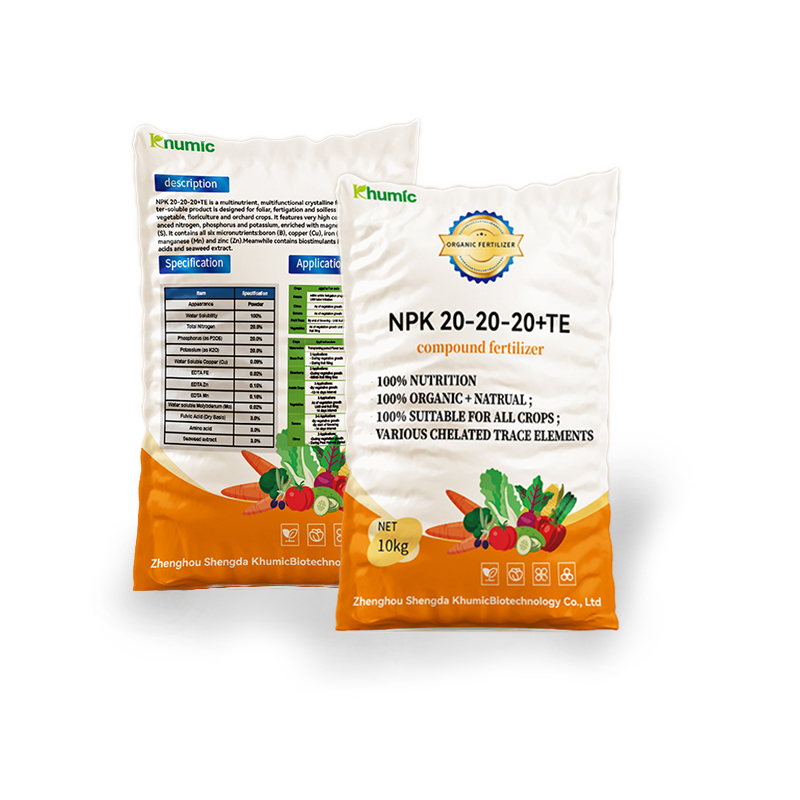
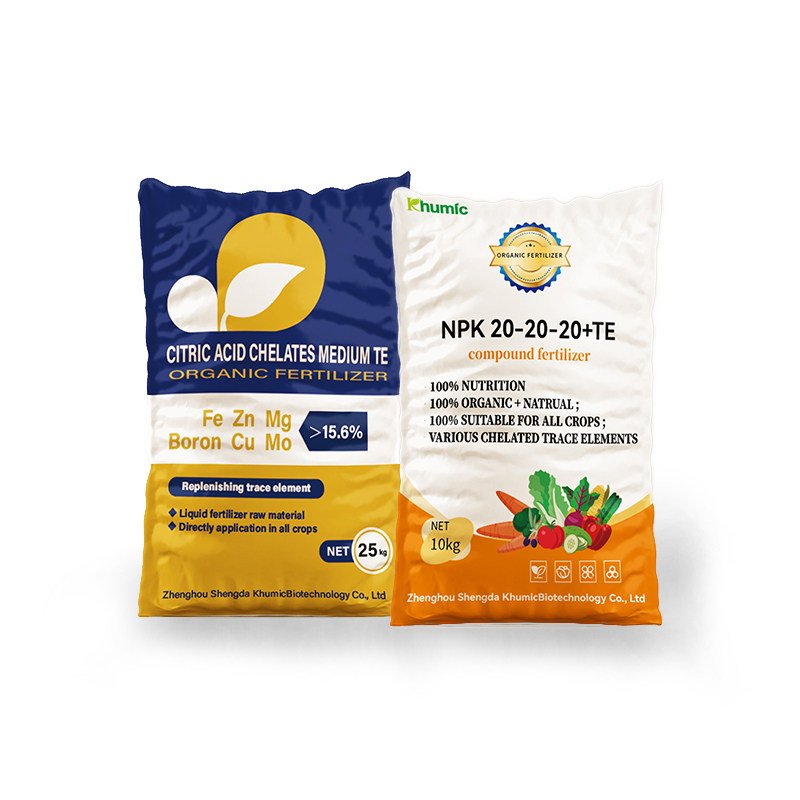
How to apply winter fertilizer
To ensure you get the best results when applying winter fertilizer to your lawn, consider these tips:
- Choose the right product: Choose a winter fertilizer designed for cold-weather application that is high in potassium to promote root growth.
- Mowing the Lawn: Since winter fertilizer is applied when the grass stops growing, it should be applied during the last mowing of the year, with dead leaves removed. Shorter grass will help winter fertilizer reach the root systems that need it.
- Watering: Water your lawn lightly after fertilizing to help nutrients penetrate the soil. This process is completed before the rainy day.
- Application amount: Apply fertilizer evenly by hand or with a fertilizer spreader, and apply fertilizer twice to ensure that no fertilizer is missed. Apply one-third or one-half of the granular fertilizer you normally use at other times of the year. Even less liquid fertilizer can be used.
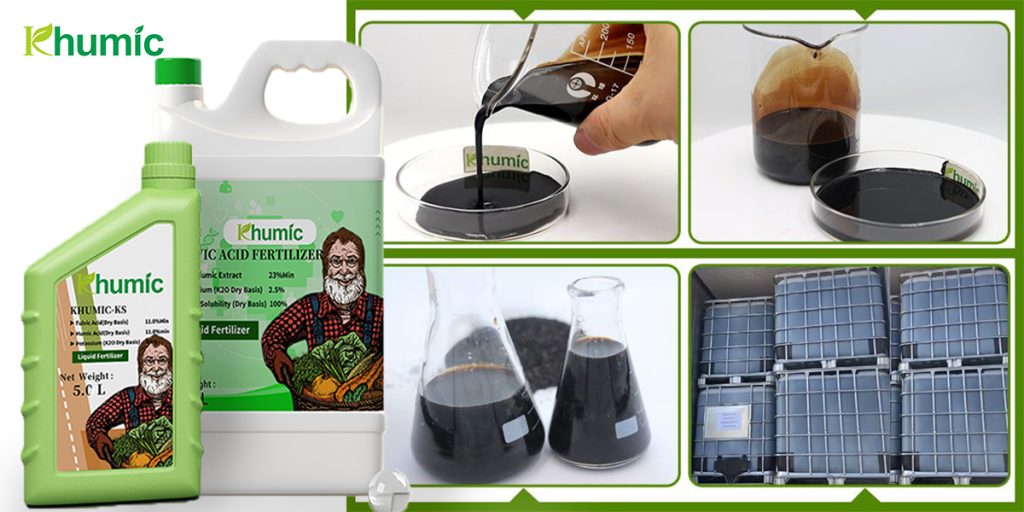
Conclusion
Proper timing of applying winter fertilizer to your lawn is critical to ensuring your lawn receives the nutrients it needs to survive the winter and grow in the spring, promoting healthy root development and ensuring a lush spring lawn. By considering factors like grass type, climate, and soil health, you can determine the best time to apply fertilizer and set your lawn up for success.
FAQs
Can I fertilize my lawn in winter?
Yes, you can apply winter fertilizer to your lawn, but it must be done at the right time to ensure the best results.
How often should I apply winter fertilizer to my lawn?
It is generally recommended to apply a winter fertilizer before the first frost in late autumn.
What nutrients should winter fertilizer contain?
Winter fertilizers typically contain a balanced blend of nutrients such as nitrogen, phosphorus, and potassium to support root growth and cold hardiness.
Will winter fertilizer harm my lawn if applied incorrectly?
Over-fertilizing or fertilizing during extreme weather conditions can damage your lawn, so it’s important to follow the best fertilizing methods.
Should I test the soil before applying winter fertilizer?
Testing your soil can help determine its nutrient levels and pH balance, allowing you to choose the right type and amount of fertilizer for your lawn.
